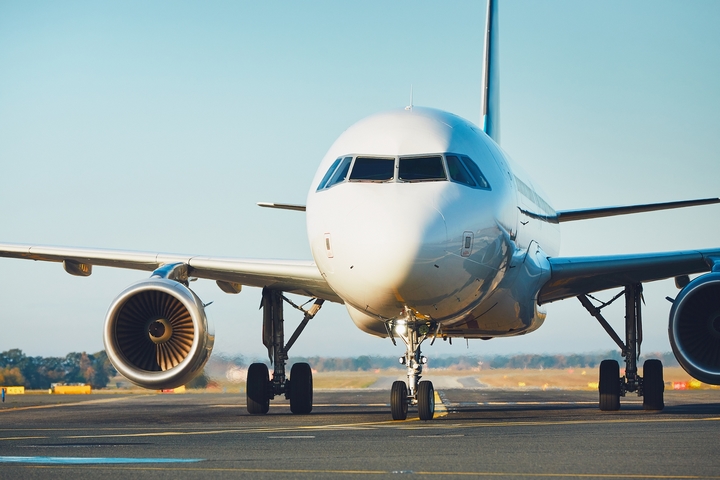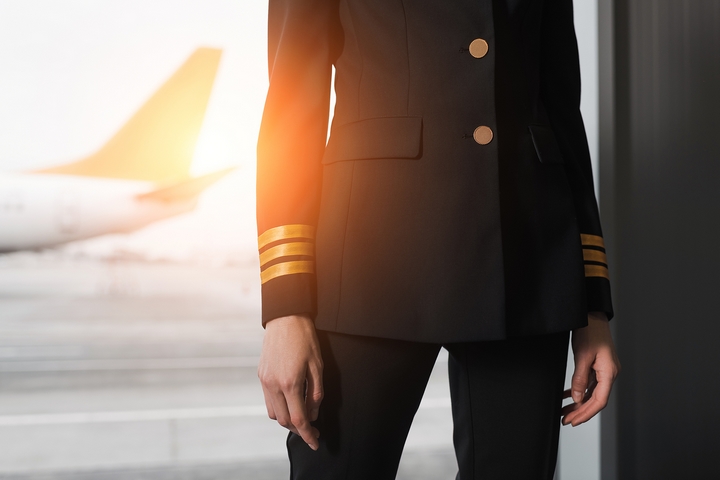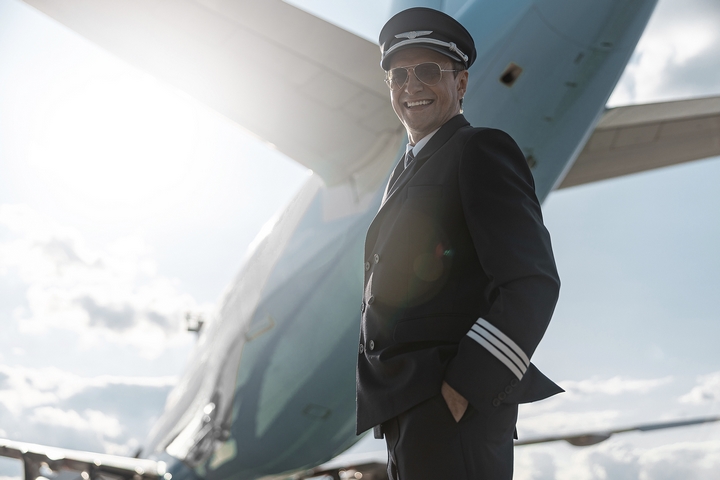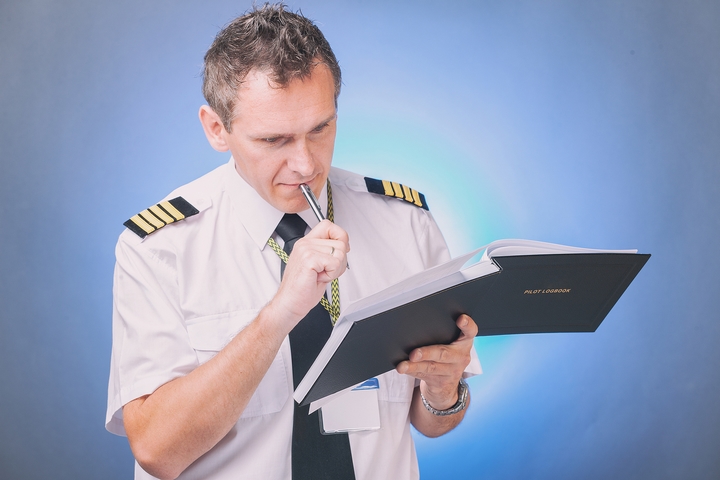
Are you thinking of becoming a commercial pilot? The difference between a commercial and a private pilot is that the former can fly aircraft for profit while the latter cannot, or rather, he/she is not licensed to. For one to become certified, they need to have the following commercial pilot requirements.
1. Commercial Pilot License

A license is one of the most basic yet essential commercial pilot requirements. For most aspiring pilots, attaining this license is considered a major stepping stone. For one to qualify to sit for a commercial pilot license exam, they need to be at least 18 years old and have a minimum flight time of 250 hours flying aircraft equipped with variable-pitch propellers and a retractable undercarriage.
Other requirements include the ability to speak, write, read and understand English. Besides, you should already possess a private pilot license and requisite training in commercial flying.
You should also have successfully completed the relevant written exams. You also need to obtain a first-class medical certification. Apart from the 150 hours of flight time, you are required to fly solo in a cross-country flight of up to 300 nautical miles. During this flight, you are required to perform full-stop landings in two airfields that are not at the pilot’s airport of origin.
Once you get your hands on the certificate, you will notice it contains a couple of ratings or sub qualifications that specify in detail the privileges that come with the license.
2. Airline Transport Pilot License

This license is also known as the ATP or ATPL. It is the highest level of licensing an aspiring pilot can earn. The certificate demonstrates that you are qualified to be a civil airplane pilot. To obtain this license, you have to go through what one would call a stepping stone process. You will first have to obtain a student pilot permit that allows one to fly solo but under a flight instructor’s supervision.
You will then have to obtain a private pilot license that will allow you to fly an aircraft anywhere you want but not for profit. The next step is obtaining a commercial pilot license. Unlike a private pilot license, this certification allows you to fly for profit anywhere on earth.
After getting your commercial license, the next thing you need is to get a multi-engine and instrument rating to qualify for an airline transport pilot license. You should also be at least 21 years old. Besides, an ATP applicant must get at least 70% pass in the three written exams, and a total of 1500 hours of flight time.
3. Multi-crew Pilot License

This license is designed to develop the abilities of aspiring pilots to fly aeroplanes run by multi-crew airlines. The license is obtained through competency-based training that applies human factors in terms of error and threat management throughout the training process.
Most of the traditional training methods focus on individual skills that are only appropriate for aircraft that are operated by a single-pilot. This can be a problem in cases where a pilot is transferred to an airline that operates a multi-crew. Before the introduction of competency-based training methods in multi-crew pilot training, pilots transferring to a multi-crew airline had to go through a bridging course.
4. Flight Training

This requirement is quite obvious. Flight training is meant to help aspiring pilots acquire and hone basic airmanship skills, along with improving the familiarity of various aviation software. It can either be conducted under an accredited syllabus that is well structured in a flight school or as private lessons from a flight instructor delivered without following any syllabus; the most important thing is to acquire the experience needed for the desired pilot license.
Flight training can be divided into two parts; flight lessons and ground school. Flight lessons refer to classes that are taught inside an actual aircraft while ground school refers to lessons taught inside a classroom, where aspiring pilots learn about the aeronautical theory as they prepare for the final oral, written and flight pilot licensing exams.
5. Multi-engine Rating

This rating allows a certified pilot to act as the pilot-in-command in an aircraft with not less than two engines. A multi-engine rating is more like an upgrade to a preexisting certification. Attaining this rating does not have a minimum time requirement, but you will have to get an endorsement from the instructor before you take ride. All that is required in this training is an oral and practical exam. No written exam is required.
Most people prefer to wait until they obtain a commercial pilot license and an instrument rating before getting a multi-engine rating because it saves them a lot of money in the long run.
6. Instrument Rating

A pilot with an instrument rating is allowed to fly under the instrument flight rules. This rating requires one to undergo specific training that goes beyond the normal requirements of obtaining a commercial pilot certificate, or a private pilot certificate. The exams are divided into oral and practical tests.









